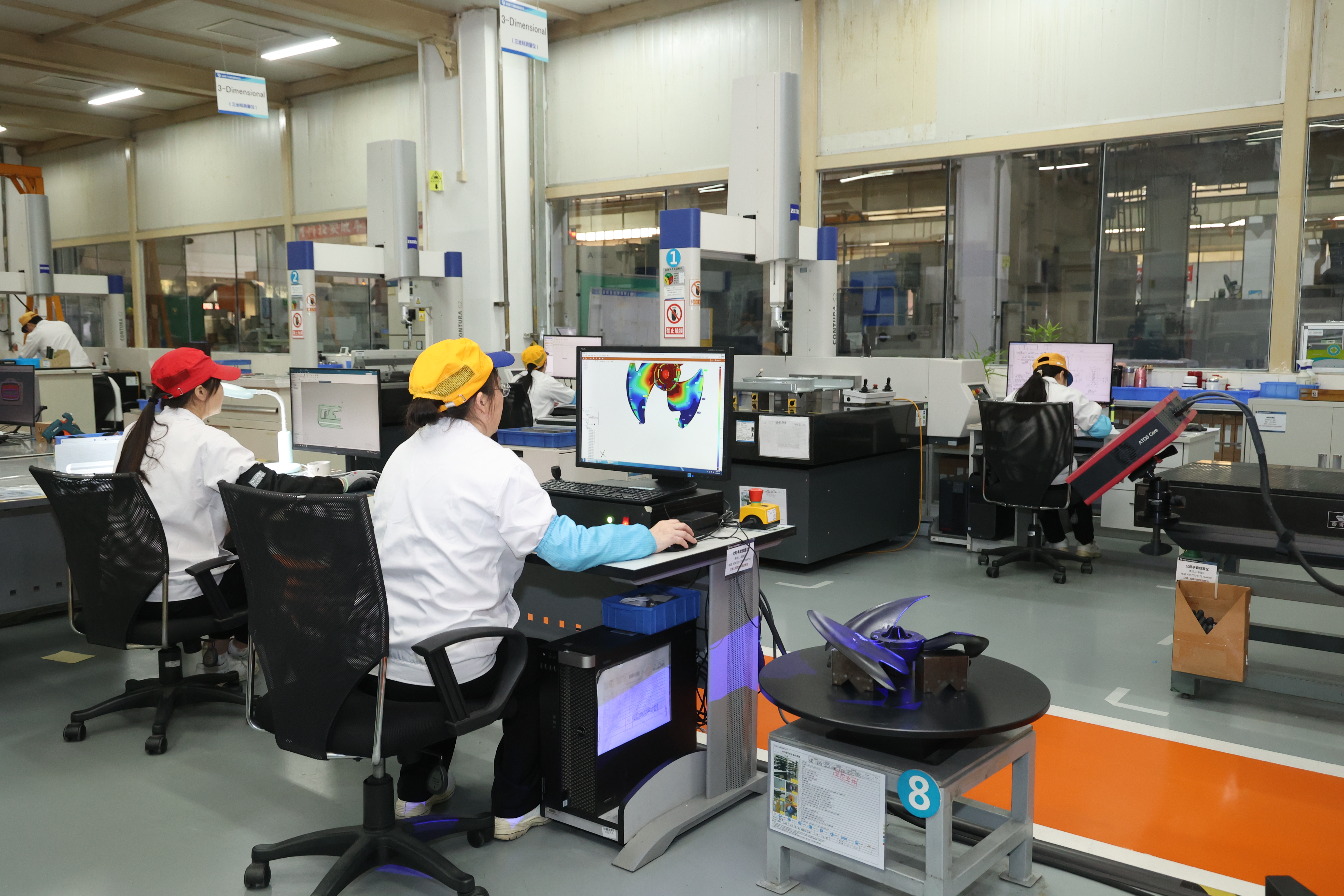Views: 0 Author: Site Editor Publish Time: 2025-08-12 Origin: Site
Systematic Gas Pockets: Issue Prevention Strategies in the Injection Mold Design Stage
In PC (polycarbonate) injection molding, gas-induced defects (e.g., gas pockets/air entrapment) are particularly severe. Key mold design considerations - including part design aspects - must address these common issues:
Preventing flow stagnation that leads to poor melt filling;
Eliminating uneven cooling, causing molding imperfections;
Avoiding surface defects and material degradation.
Generally, we should note the following in mold design:
The thickness should be as uniform as possible, and the demoulding slope should be large enough.
The transition part should be gradual and smooth to avoid sharp corners. Sharp edges should be avoided, especially for PC products; there must be no gaps.
Gate Runners should be designed as wide and short with large cross-sections, while gate positions must be determined according to material shrinkage and solidification behavior; cold slug wells (CSW) shall be incorporated where necessary.
Mold surfaces must exhibit high finish quality with low roughness (preferably Ra ≤ 0.8 μm, mirror-grade polish). Vent grooves/channels require a sufficient cross-section to ensure the timely evacuation of trapped air and volatiles from the melt flow. Except for PET applications, wall thickness should generally exceed 1.0 mm.
Material preparation and drying: As even trace impurities in plastic resin can compromise product transparency, strict sealing protocols must be enforced during storage, transportation, and feeding to ensure raw material purity. Crucially, moisture-containing resin undergoes thermal degradation when heated, necessitating pre-drying at 120±5°C for 4 hours, with injection molding exclusively fed through dehumidifying hoppers.
During the drying process, the input air must undergo particulate filtration and dehumidification to prevent material contamination. Reference drying parameters for transparent plastics:
Material | Drying Temp (°C) | Drying Time (h) | Bed Depth (mm) | Remarks |
PMMA | 70-80 | 2-4 | 30-40 | - |
PC | 120-130 | >6 | <30 | Hot-air circulation drying |
PET | 140°C min. | 3-4 | - | Continuous drying feeder recommended |
To prevent raw material contamination and the retention of old material or impurities in recesses of the screw and accessories—especially for resins with poor thermal stability—all components must be cleaned using a screw cleaning agent before use and after shutdown. Staff should ensure no impurities adhere to the plasticizing unit (barrel, screw, and accessories). When a screw cleaning agent is not available, resins such as PE or PS may be used to purge the screw.
During unscheduled production interruptions, barrel temperatures must be reduced below 160°C (e.g., for PC/PMMA processing) to prevent resin degradation from prolonged heat exposure; concurrently, hopper temperatures for PC shall be lowered to under 100°C.
Given the imperative for high light transmittance in transparent plastics, product surfaces must exhibit zero defects—including flow marks, air pockets, blushing, haze spots, black specks, discoloration, or gloss variations. Consequently, stringent and specialized controls are mandated throughout the injection molding process: from material selection and equipment configuration to mold design and part engineering.
Furthermore, given that most transparent plastics exhibit higher melt transition temperatures and limited flow characteristics, meticulous calibration of process parameters—including elevated barrel temperatures, injection pressure gradients, and velocity profiles—is essential. These measures ensure complete cavity filling while preventing residual stresses that cause warpage or stress cracking. Consequently, stringent operational controls must be extended across all stages, from material preparation protocols and equipment/mold specifications to injection molding parameter optimization and post-molding part handling.

content is empty!
content is empty!
ZHUHAI GREE DAIKIN PRECISION MOLD CO., LTD.